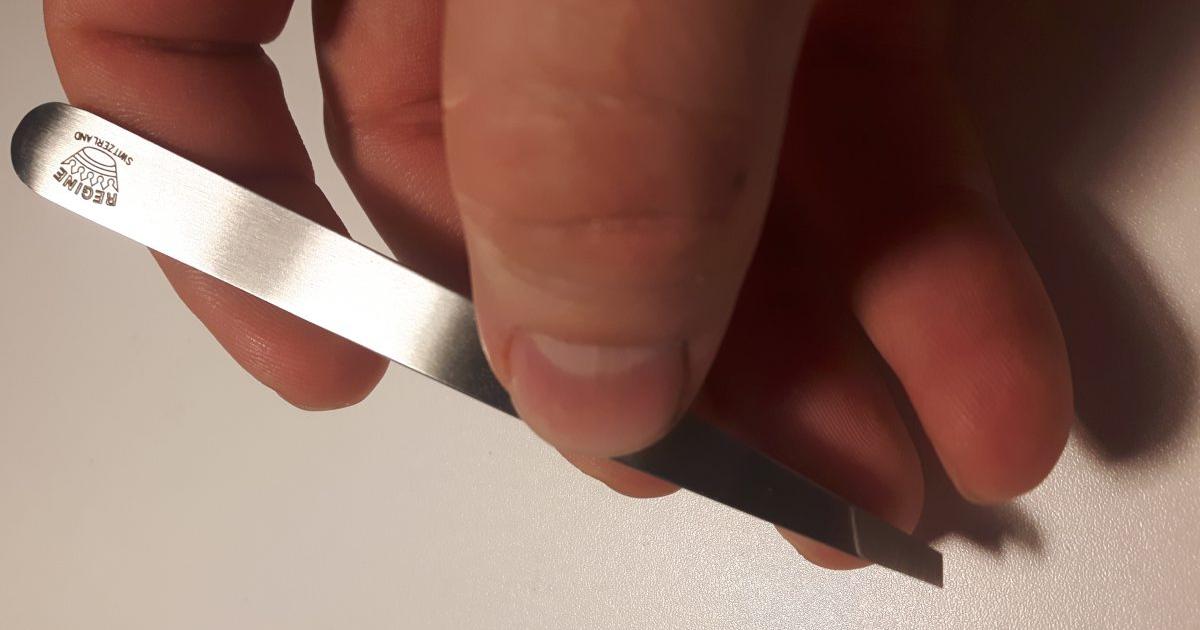How To Appropriately Prevent And Treat Jellyfish Stings
Individuals who swim in the ocean have an increased risk of being stung by jellyfish, a gelatinous sea creature with barbed tentacles containing venom that can cause pain and burning when they come into contact with human skin. Most jellyfish stings are minor, resulting in the aforementioned pain and burning as well as swelling and redness of the impacted areas. In rare instances, jellyfish stings can be severe, causing swelling of the lymph nodes and difficulty breathing. If severe symptoms are not treated promptly, the sting could be fatal.
Here are some tips for appropriately treating and preventing jellyfish stings.
Remove Any Stingers

Jellyfish stings and the resulting symptoms are caused by the barbs on their tentacles that inject venom into the skin. The first step to relieving the symptoms is to remove any stingers to stop the flow of venom into the body. The easiest method for removing jellyfish stingers is to first get out of the water to avoid being stung again. Use vinegar to rinse the area and stop the stinging. This vinegar rinse should be conducted for at least thirty seconds to achieve optimal results. After the rinse is complete use a pair of tweezers to remove all visible stingers. After the stingers are removed, discomfort should begin to dissipate, but redness and swelling may persist. An ice pack or antihistamine can be used to treat any residual symptoms at the sting site.
Learn more about treating and preventing jellyfish stings now.
Soak In Hot Water

After the stingers have been removed, the impacted area should soak in hot water for a minimum of twenty minutes. The water should be between 104 to 113 degrees Fahrenheit, which is hot but not hot enough to burn the skin. Hot water will help diminish any residual stinging, cleanse the area, and remove any additional stingers that may have been missed. The hot water is also soothing and promotes blood flow to the affected area, which aids in healing. If an area to soak in hot water is not available a hot shower can be used as a substitute.
Uncover details on the next option for treating jellyfish stings.
Emergency Care

In rare cases, jellyfish stings can cause life-threatening symptoms and will require emergency care. Such care will be required if an individual is showing signs of a severe allergic reaction, including trouble breathing, low blood pressure, and a weak or rapid pulse. This care is also required if the sting is from a box jellyfish or if the sting covers more than half of an arm or leg. If any of the aforementioned occurs, individuals should call 911 or get to an emergency room immediately. Individuals with a known severe allergic reaction to jellyfish stings should carry an epinephrine pen with them in case of stings and educate their friends and family on how to use it in case they are ever stung by a jellyfish and become incapacitated.
Continue reading to reveal ways to prevent jellyfish stings now.
Avoid Swimming During Jellyfish Season

One of the easiest ways to prevent being stung by a jellyfish is to avoid swimming during jellyfish season. While most jellyfish tend to congregate in deeper ocean waters many will find their way to shallow water during mating season, which increases the risk of humans coming into contact with them. Jellyfish season varies depending on the area but most beaches will have signs posted when an abundance of jellyfish have been spotted. Keeping a watchful eye out for these warnings can help minimize one's exposure to jellyfish. Outside of jellyfish season, certain weather conditions, such as high winds, warm weather, and heavy rain, tend to attract jellyfish to the shore. Avoiding the beach altogether during these times will reduce the risk of exposure to jellyfish and their stinging tentacles.
Get familiar with another method of preventing jellyfish stings now.
Wear Protective Clothing

Individuals who may have an increased risk for exposure to jellyfish and their tentacle should wear protective clothing while they are in the water and around the shore. Swimmers can purchase special swimsuits made of a thicker material to prevent jellyfish barbs from touching the skin and emitting venom. These special swimsuits cover the torso, arms, and legs and additional pieces such as mittens, socks, and hoods can also be purchased to protect the entire body from jellyfish stings. Most suits are made of nylon or spandex and are lightweight and flexible and can be used in both warm and cold ocean water.